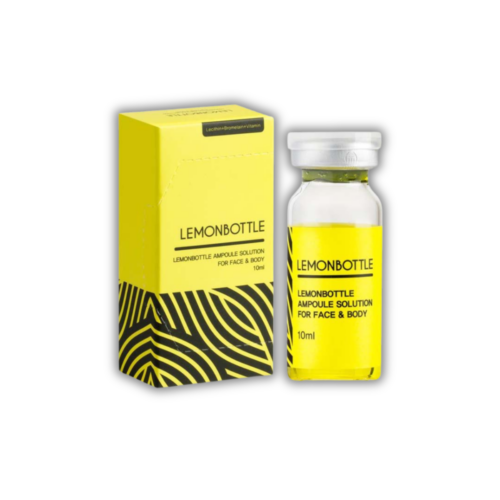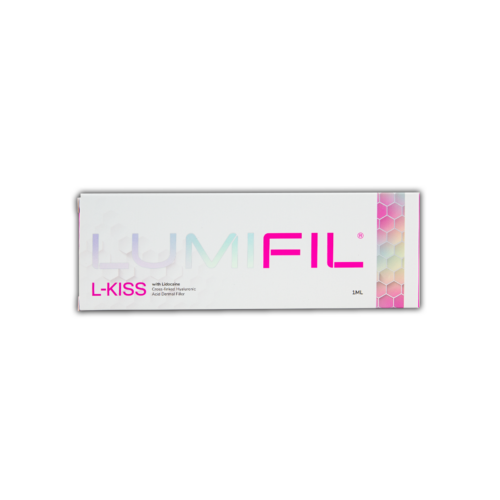Order by 3pm to Get Next Working Day Delivery
Save an extra 10%
-
HOT

Lemon Bottle ( 1 Vial )
£29.99 £24.99 ex. VAT -
HOT

Lumifil Kiss
£20.40 £17.00 ex. VAT
Subtotal: £17.00



Are you thinking about getting a cosmetic treatment to look fresher and younger? Dermal fillers are what you need. These treatments are quite common, and they remove facial wrinkles, enhance facial volume, and do all this without having to go under the knife.
But keep in mind not all fillers are the same. Generally, two types of dermal fillers, soft and deep, operate differently to ensure you get the right look. If you’re feeling confused about which one might be right for you, don’t worry. We are here to help you.
Let’s discuss these fillers, how they can work, where they are applied, and, most importantly, how to determine which type suits your skin and beauty goals.
These are gel-like substances that doctors can carefully inject under your skin to help bring back that lost fullness and smooth out wrinkles. Dermal Fillers work beneath the skin’s surface to:
Dermal fillers are made from different substances to achieve different aesthetic goals. Here are some common ingredients found in fillers:
Hyaluronic Acid (HA): This ingredient is like a moisture magnet, plumping the skin and making it look fresh and hydrated. Brands like Juvederm and Restylane use it.
Calcium Hydroxylapatite (CaHA): It’s a mineral-like compound found in bones. It provides structure and stimulates your body’s collagen production.
Polylactic Acid: It is a synthetic material that helps your skin rebuild natural collagen. It works slowly, gradually improving skin texture and volume over several months.
Polymethylmethacrylate (PMMA): This ingredient is a tiny, smooth plastic microsphere that provides permanent support beneath the skin. It’s used for deeper wrinkles and long-lasting volume restoration.
Soft dermal fillers are perfect for people who want to refresh their appearance without dramatic changes. They focus on fine details and gentle volume restoration.
Soft dermal fillers are lightweight, fluid, gel-like substances with a smooth and spreadable consistency. They’re specifically formulated to be less dense and more flexible, allowing them to move naturally with your facial expressions and blend seamlessly into the skin’s epidermal layers.
These fillers typically contain hyaluronic acid in a more diluted form, creating a soft, malleable substance that can easily integrate with your skin’s natural tissue. Their texture is similar to a light gel that can smoothly fill fine lines and provide a delicate touch of volume.
Soft dermal fillers treat delicate areas requiring minimal and precise enhancement. They are ideal with lip lines for under the eye area, particularly for hollows and those who want a soft change.
These fillers offer natural-looking results that don’t dramatically change your appearance. They provide a subtle refresh that makes you look well-rested. Here are some other benefits of soft fillers:
These benefit people with more severe skin laxity and those who wish to regain facial volume or achieve more pronounced facial changes.
Deep dermal fillers consist of thick, robust gels specifically made to provide substantial volume and support in the deeper layers of the face.
These fillers are formulated with higher calcium hydroxylapatite or poly-L-lactic acid concentrations to provide more rigidity and structural support. Their thicker consistency allows them to create more dramatic facial contouring.
They are suitable for treating more severe cases of volume loss, defining the jawline and cheeks, and giving the face a more chiselled look.
These fillers offer dramatic and long-lasting results that go beyond surface-level improvements. Let’s have a look:
You may feel overwhelmed while deciding between soft and deep dermal fillers. So, let’s compare these fillers to see which will best suit your skin type and goals:
Soft fillers are light, smooth, easy to spread, and blend naturally into your skin. On the other hand, deep fillers are thick and sturdy to give your face extra support and volume where it needs it.
Soft fillers are like a light touch, injected close to the surface of your skin to smooth out fine lines and make minor improvements. On the other hand, deep fillers go deeper into your skin to rebuild and reshape the underlying structure of your face.
Soft fillers are effective in sensitive regions such as the lip area, under-eye ‘hollows,’ and minor lip augmentation. Deep fillers are appropriate for facial areas such as cheeks, jawline, and chin, where primary volumetric augmentation and modelling are needed.
Soft fillers last about 6-12 months, perfect for anyone who wants a quick change. The deep fillers can last between 1 and 2 years, making them preferable for more permanent solutions.
Soft fillers are the masters of subtle enhancement, creating results so naturally that no one would guess you’ve had a cosmetic treatment. On the other hand, deep fillers can make more noticeable changes, improving facial symmetry.
Soft fillers usually cost less because they don’t last as long, and you don’t need as much. Deep fillers are more expensive because they last longer and require special skills to inject correctly.
With soft fillers, you can usually go back to your routine right away. Deep fillers take a little longer to recover, and you might have some swelling or bruising that goes away.
You may also like to read: What Are The Benefits of Dermal Fillers For Skin Hydration
It is a very personal decision to choose between soft or deep dermal fillers because it depends on your skin type, the look you desire, and your attitude toward beauty procedures. Soft fillers are less noticeable and only give the face natural hydration, whereas deep ones are much more effective and noticeable. The key is knowing what you want and finding an experienced injector to determine the best choice for your needs. Ultimately, what matters most is feeling confident in your skin.
Thick fillers provide more volume and structure, while soft fillers offer subtle correction.